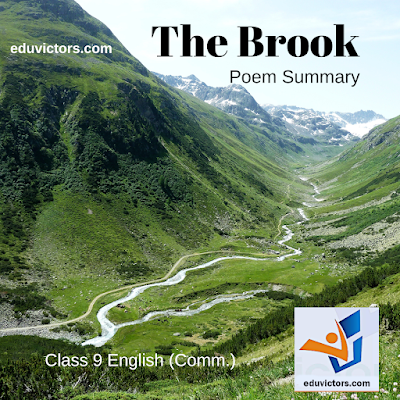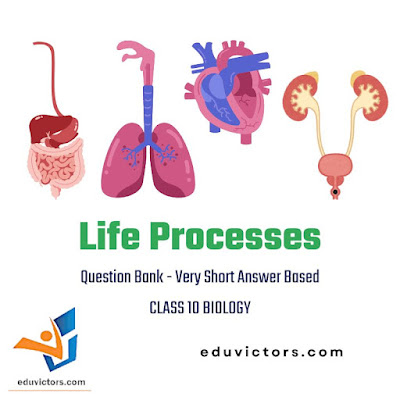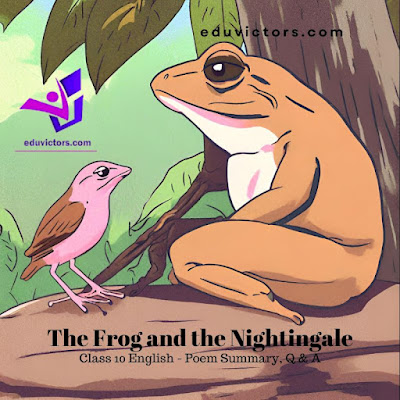The Brook: Poem Summary | Class 9 English (Comm.)
About the poem:
The poet narrates the story of a brook talking like it was a person in this poem. It starts with the brook telling us where it started from, and the different landscapes it covered as it made its way towards the river where it ended. When he compares the way the brook continues running with human beings who die after some time, he likens it to one`s life journey. However, unlike people who die at some point after having lived for a given period of time but the stream continues flowing as ever thus eternalizes life itself; death does not touch it at all costs; the water course goes forth anew always thanks once again also with us!
Summary (Stanza wise)
The poem "The Brook" describes the journey of a brook as it flows through various landscapes.
I come from haunts of coot and hern;
I make a sudden sally
And sparkle out among the fern,
To bicker down a valley.
Paraphrasing: The brook starts its journey in a place frequented by coots and herons. It flows swiftly and emerges among ferns, making its way down a valley.
By thirty hills I hurry down,
Or slip between the ridges,
By twenty thorpes, a little town,
And half a hundred bridges.
Paraphrasing: It rushes past thirty hills and flows through narrow ridges, passing by twenty small villages and fifty bridges.
Till last by Philip’s farm I flow
To join the brimming river,
For men may come and men may go,
But I go on for ever.
Paraphrasing: Eventually, the brook reaches Philip's farm, where it joins a larger river. The brook reflects on the constancy of its flow compared to the transient nature of human life.
I chatter over stony ways,
In little sharps and trebles,
I bubble into eddying bays,
I babble on the pebbles.
Paraphrasing: The brook describes its journey, making noise as it flows over stones, forming small bays and bubbling over pebbles. It flows happily and makes a bubbling sound.
With many a curve in my banks I fret
By many a field and fallow,
And many a fairy foreland set
With willow-weed and mallow.
Paraphrasing: It meanders through fields and meadows, passing by fairy-like landscapes with willow-weed and hairy stem plants.
I chatter, chatter, as I flow
To join the brimming river
For men may come and men may go,
But I go on for ever.
I wind about, and in and out,
With here a blossom sailing,
And here and there a lusty trout,
And here and there a grayling,
And here and there a foamy flake
Upon me, as I travel
With many a silvery waterbreak
Above the golden gravel,
Paraphrasing: The brook continues its journey, encountering blossoms, trout, and grayling fish along the way. It flows over golden gravel and carries them along with it. It moves in a zig zag manner carrying a foamy flake on its surface.
And draw them all along,
and flow To join the brimming river
For men may come and men may go,
But I go on for ever.
I steal by lawns and grassy plots,
I slide by hazel covers
I move the sweet forget-me-nots
That grow for happy lovers.
Paraphrasing: It flows past lawns and hazel covers, gently moving forget-me-nots that grow for lovers. It glides smoothly, reflecting the sun's rays on its sandy shallows.
I slip, I slide, I gloom, I glance,
Among my skimming swallows;
I make the netted sunbeam dance
Against my sandy shallows.
I murmur under moon and stars
In brambly wildernesses;
I linger by my shingly bars;
I loiter round my cresses;
And out again I curve and flow
To join the brimming river,
For men may come and men may go,
But I go on for ever.
Paraphrasing: The brook murmurs under the moon and stars, flowing through wild, brambly areas. It pauses around its sandy bars and cresses before continuing its journey.
Throughout its course, the brook reflects on the unchanging nature of its flow, contrasting with the transient nature of human existence.
👉See Also:









